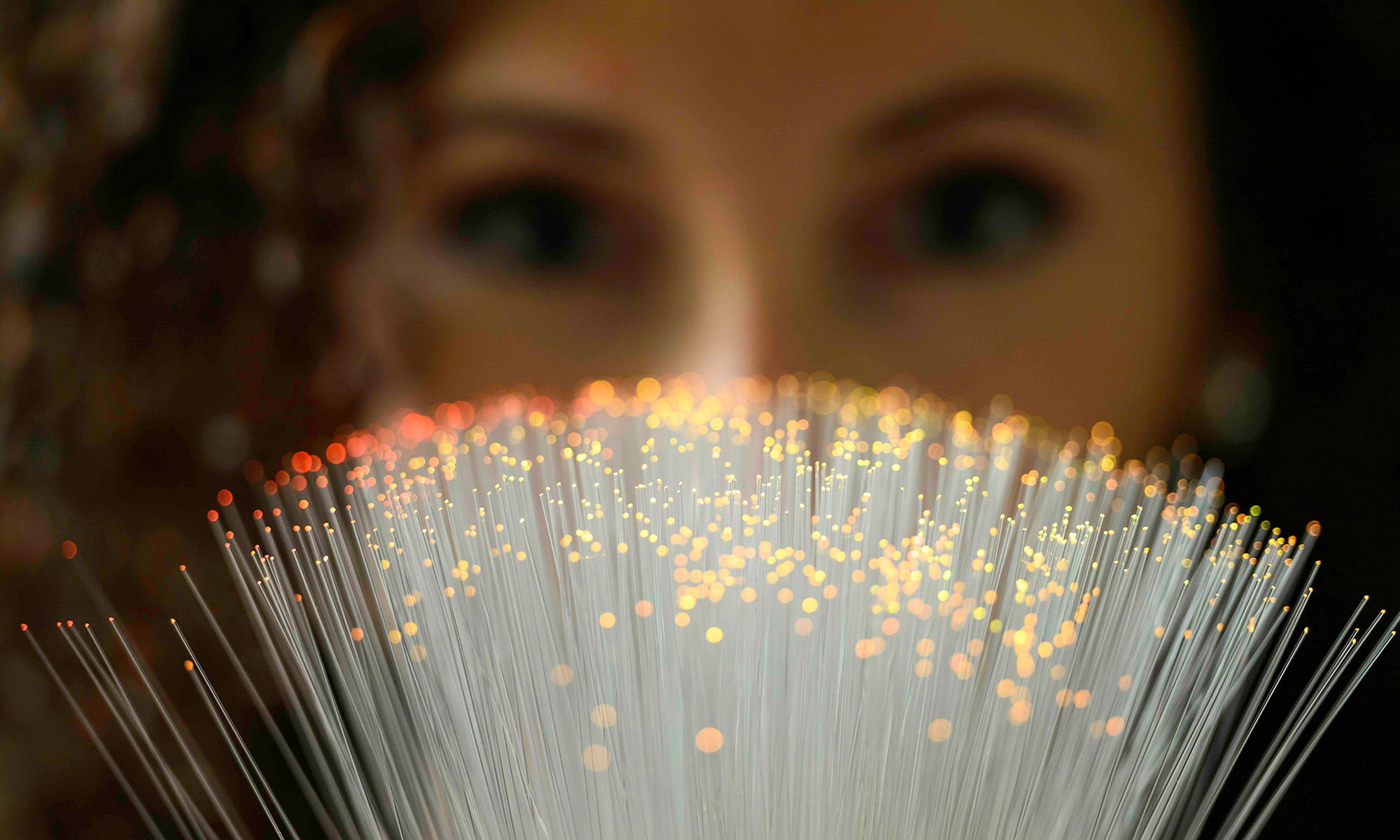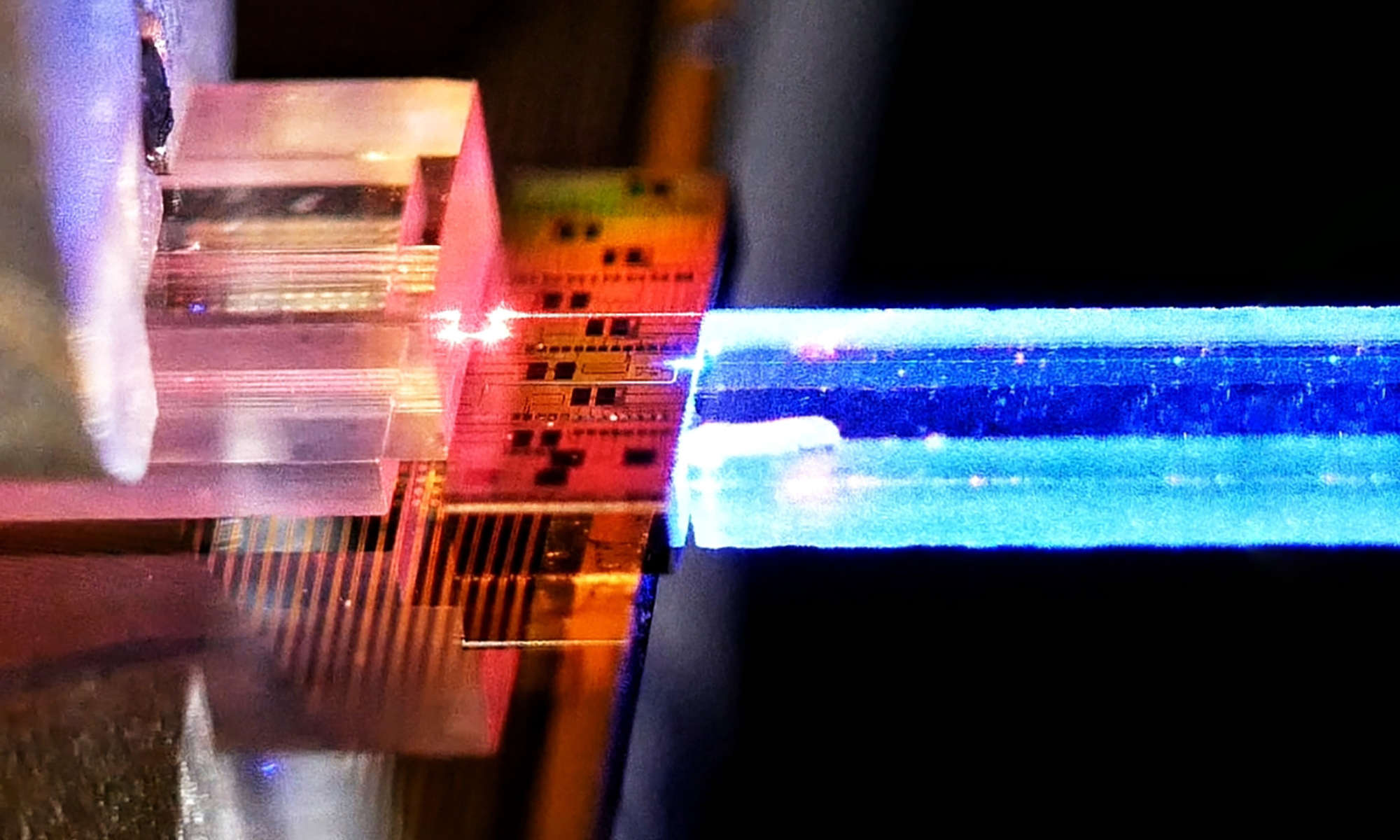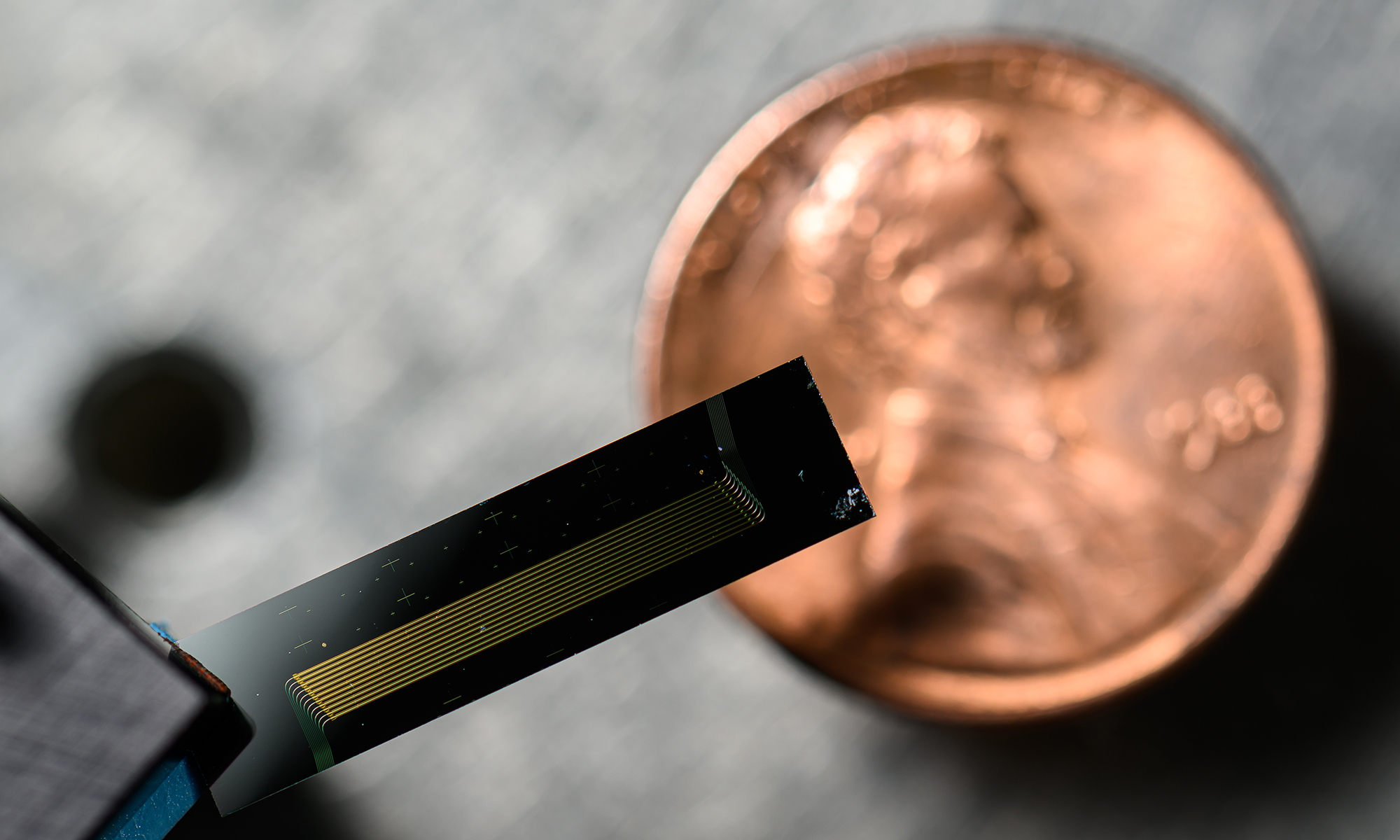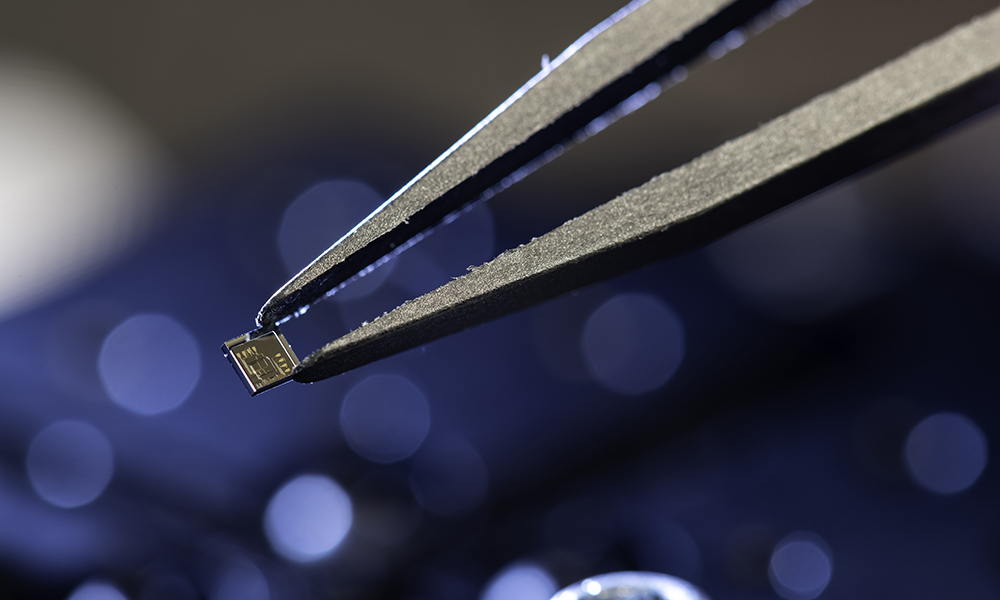An optics expert explains how thin strands of glass that transmit light make modern telecommunications possible.
Thin strands of glass bundled in cables and stretched across continents and oceans make possible much of what we take for granted today, such as the Internet, Zoom calls, electronic banking, and streaming media. Fiber optic cables, which are bundles of optical fibers capable of transmitting information at the speed of light across great distances, are an often-unseen technology that is critical to the functioning of the modern world.
Govind Agrawal, the Dr. James C. Wyant Professor of Optics at the University of Rochester, has spent his career in industry and academia researching and developing fiber optic technology. His textbooks on fiber-optic communications systems and nonlinear fiber optics are definitive texts used in universities across the world, helping to train generations of scientists and telecommunication engineers. He explains how fiber-optic cables work, how they are made, and what the future holds for the technology.

How does fiber optics work?
Data travels through optical fibers as extremely short pulses of light.
“If you’re watching a Netflix movie, for example, it’s brought to you simply through blinking light,” Agrawal explains.
Each element of the movie is converted into a set of coded electrical pulses, digitized, and converted into what we call bits—zeroes and ones. A device called a modulator transfers the electrical signal to a laser that turns on and off with each pulse, transmitting information through the optical fiber like Morse Code.
“Once the laser light enters the fiber, it never leaves it,” says Agrawal. “No matter how much you twist and turn the cable, your signal will come out the other end intact.”
Unlike the copper wires used in traditional electronics, fiber-optic cables send information at the speed of light, providing the bandwidth and data speeds needed to transmit rich content like 4K movies. Once the light pulses reach the other end of the fiber, the process is reversed, and the signal is converted back into electrical pulses.
How are fiber-optic cables made?
The process of manufacturing fiber-optic cables begins by making individual optical fibers from specially composed glass tubes that are about three feet long and less than half an inch thick. The tubes are rigid like most forms of glass but gain the necessary flexibility when stretched to about a hundredth of an inch.
“You put that glass tube in a furnace in a three-story tall building, and let it melt, and when the gravity pulls it down, the fiber becomes thinner and thinner,” says Agrawal. “In the end at some point, it’s thin enough that you can let it wind around a drum.”
Fiber-optic cables are made by taking an individual fiber or bundle of fibers and adding coating and protective layers. Fiber-optic cables like the ones stretched across oceans may have 10 to 20 individual optical fibers in their core to allow more paths for sending and receiving data.

How are fiber-optic cables stretched across continents?
For each fiber-optic cable connection that links continents, massive spools of fiber-optic cables are loaded onto two cargo ships. The ships deploy from opposite shores, laying the cables on the ocean floor until they meet in the middle of the ocean and make the final connection.
“It takes months of preparation and a huge amount of money,” says Agrawal. “These cables cost billions of dollars by the time they are done, so they are owned by mostly big companies like Google, Meta, Microsoft, and Amazon.”
The first transcontinental fiber optic cable was laid across the Atlantic Ocean in 1988, explains Agrawal, and today there are nearly 600 cable systems beneath oceans that are active or under construction. He says these submerged fiber-optic cables are expected to have a lifespan of at least 25 years each, although costly repairs are occasionally needed.
What does the future of fiber optics look like?
“The future looks quite bright,” says Agrawal. “Since we have all the infrastructure based on fiber optics, it will likely remain our main tool of communicating, sending and transmitting data for the next 30 to 40 years. All we need to do is keep improving the capacity, either by sending more signals, more data per second, or by putting more fibers everywhere.”
He notes the promise of recent technical advancements such as space division multiplexing, which creates more channels within the same fiber to transmit data.
Agrawal says researchers at Rochester’s Institute of Optics continue to pioneer not just advancements in fiber optics but also in fields like nonlinear optics and nanophotonics that might be used for telecommunications as well. One example is a research team using fiber-optic telecommunications lines to develop an experimental quantum network connecting the University of Rochester to Rochester Institute of Technology.





